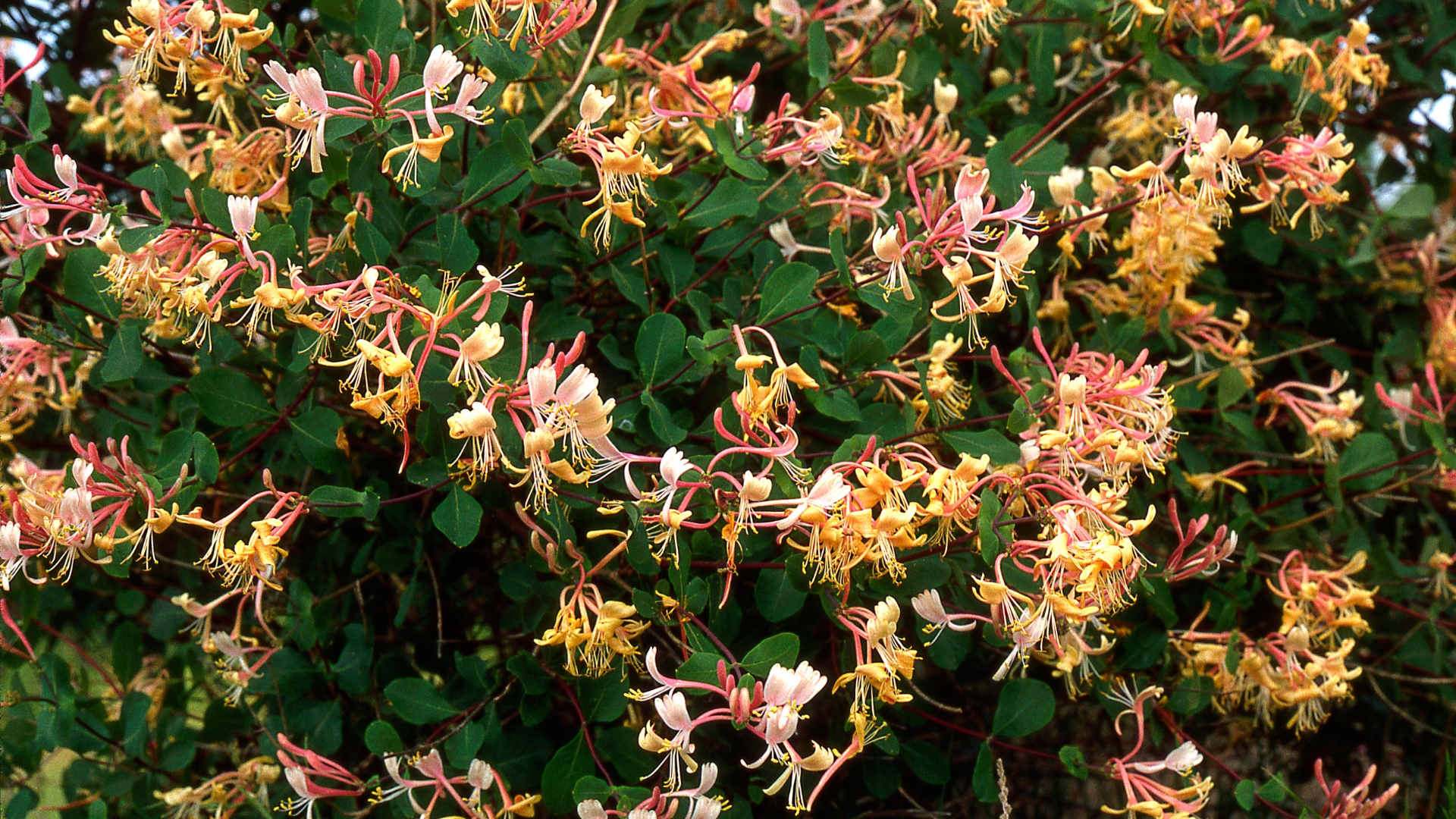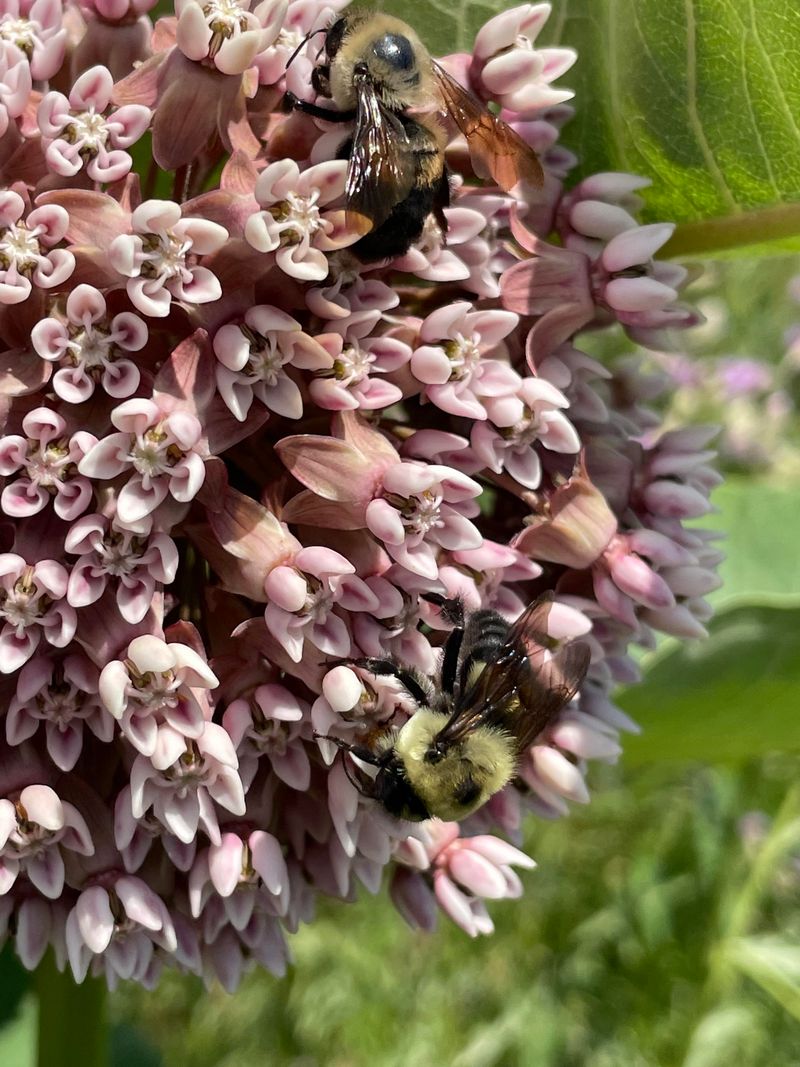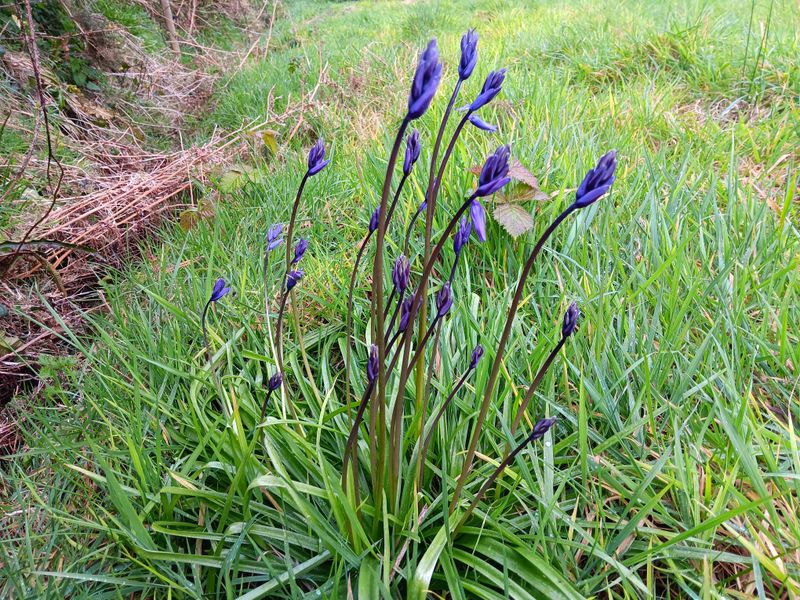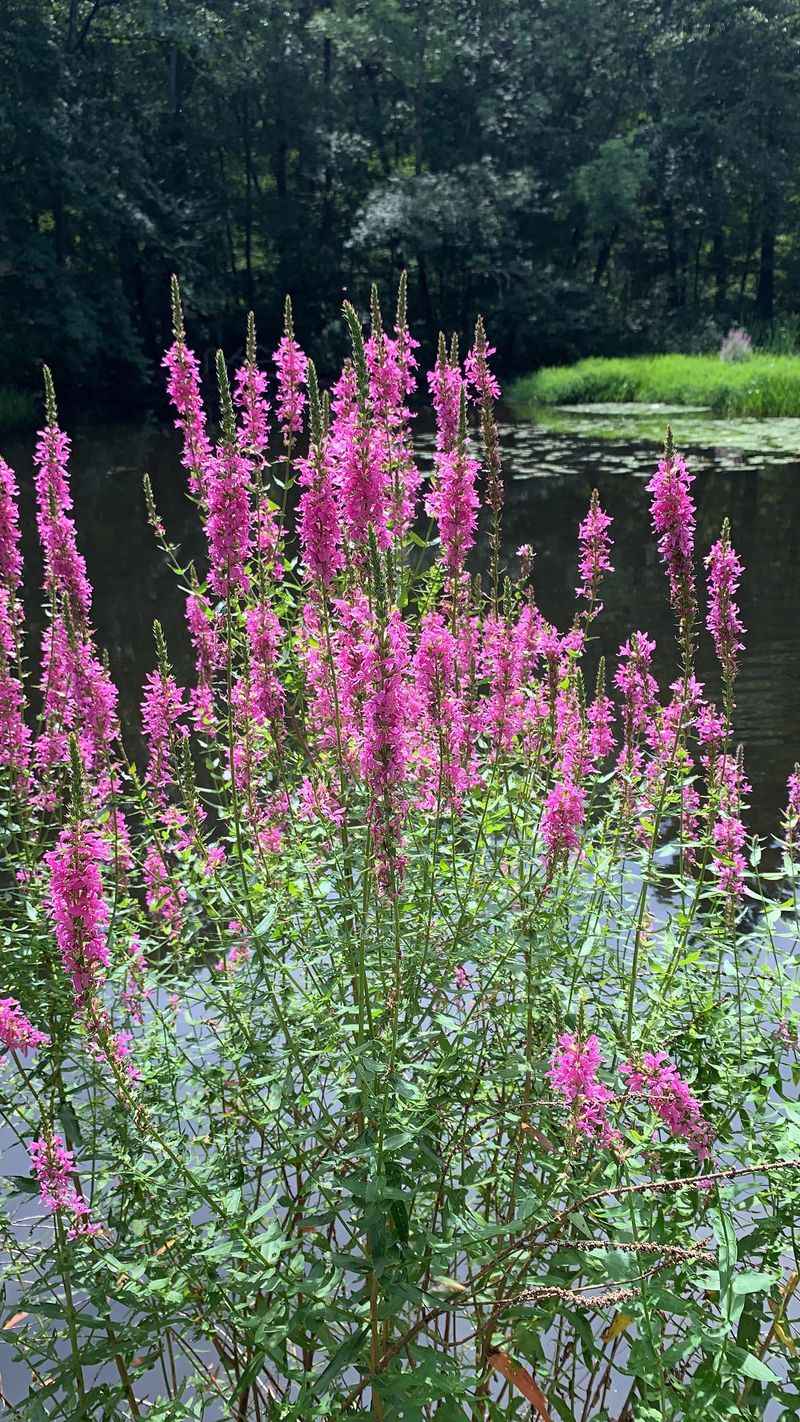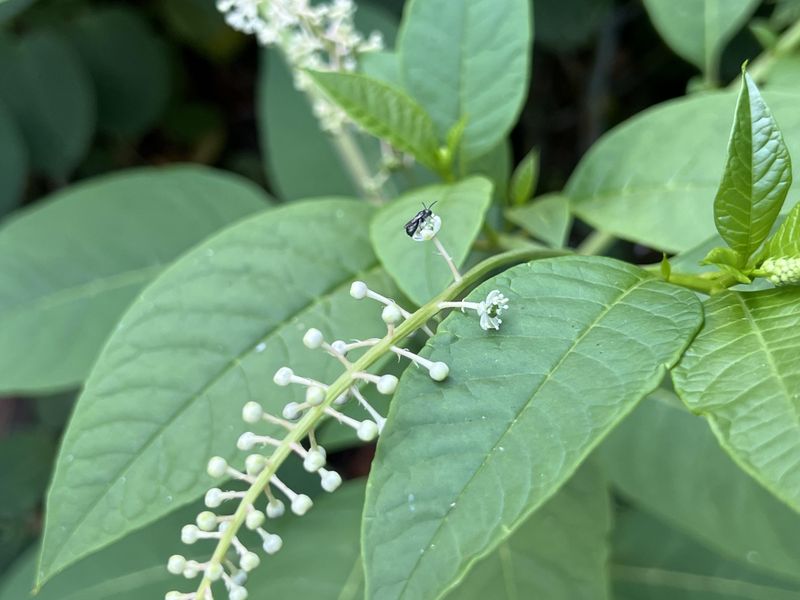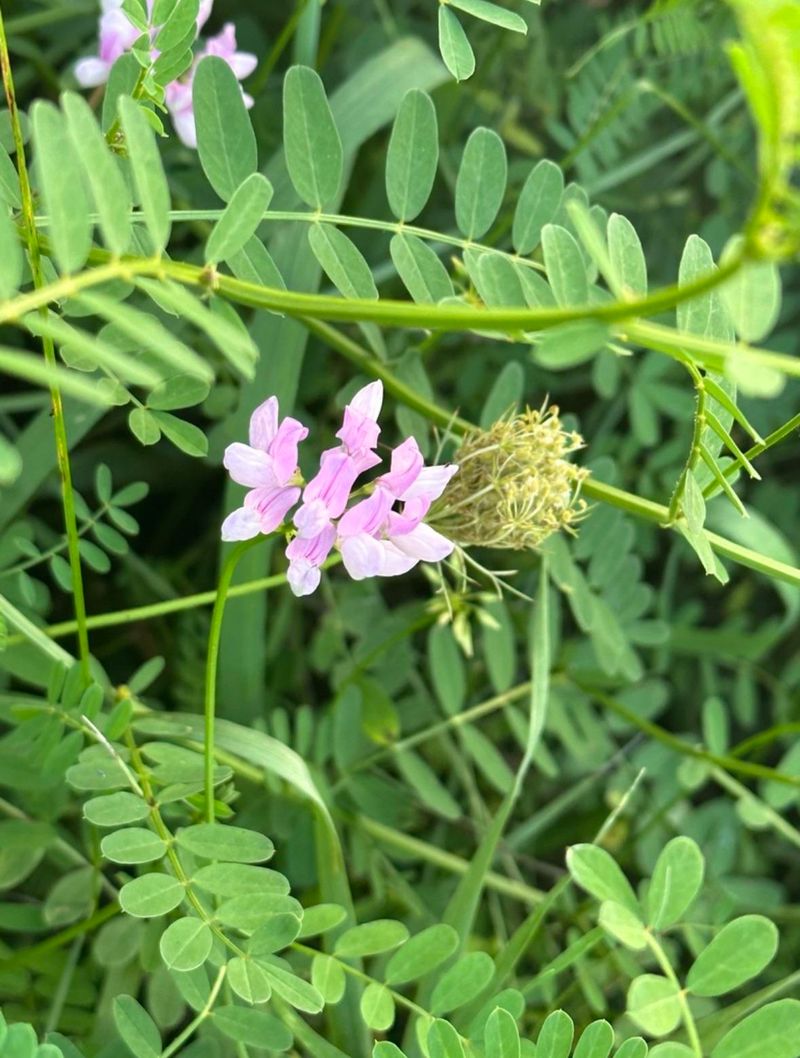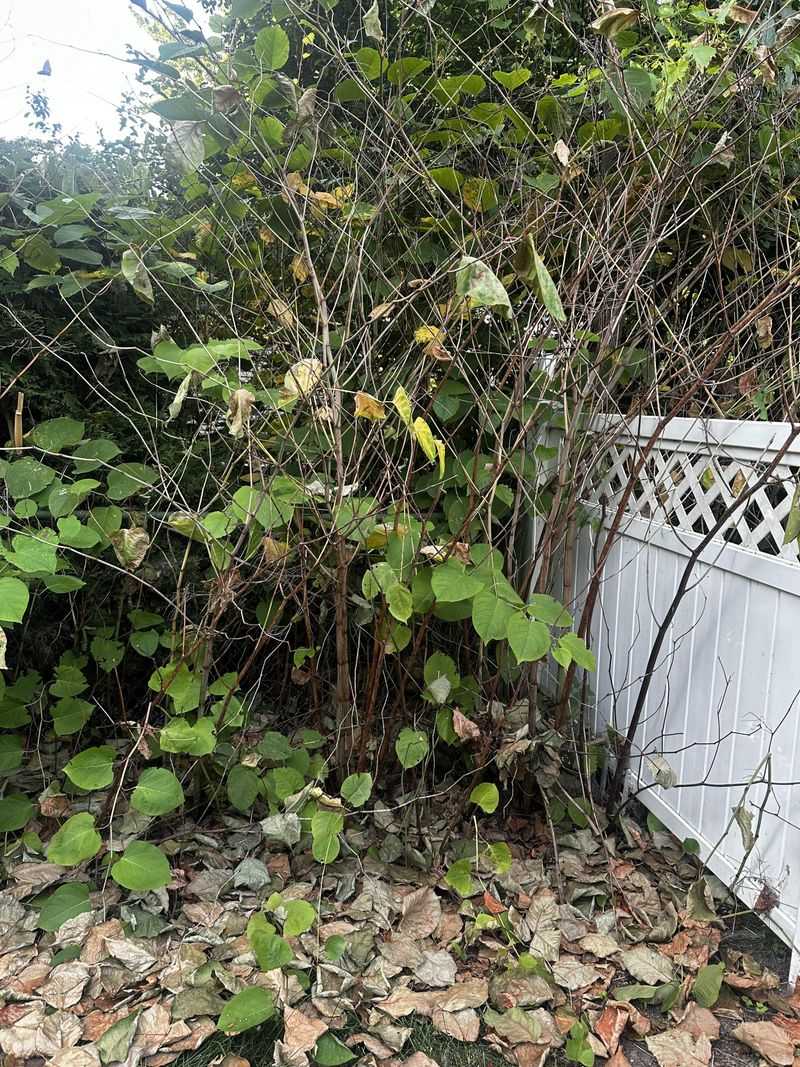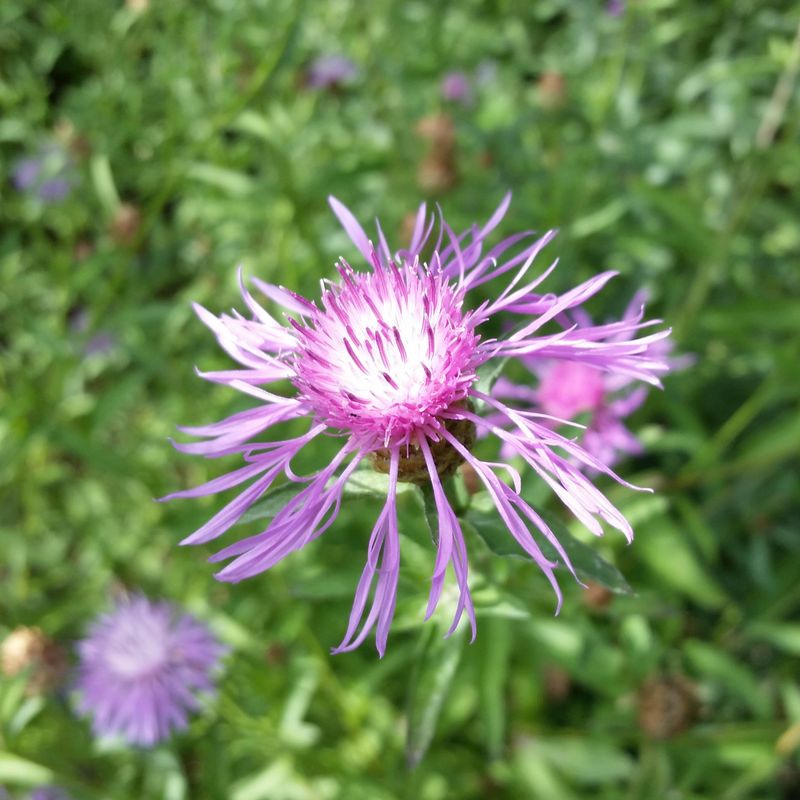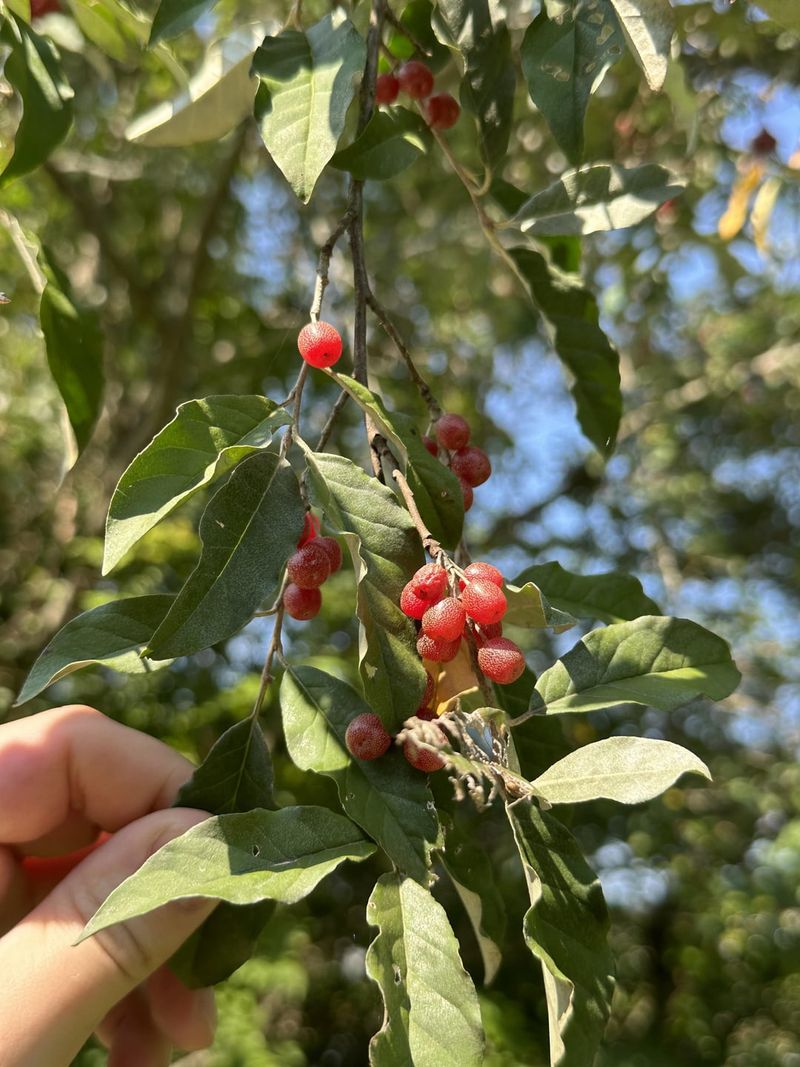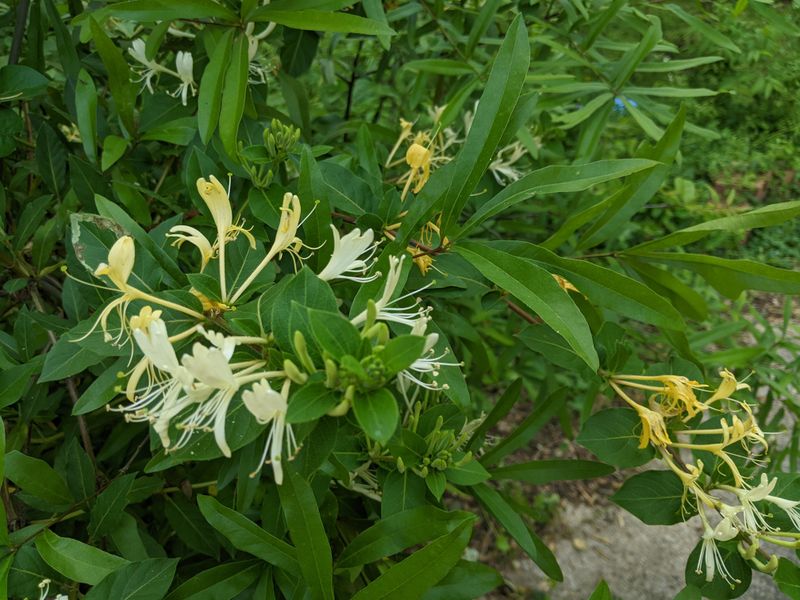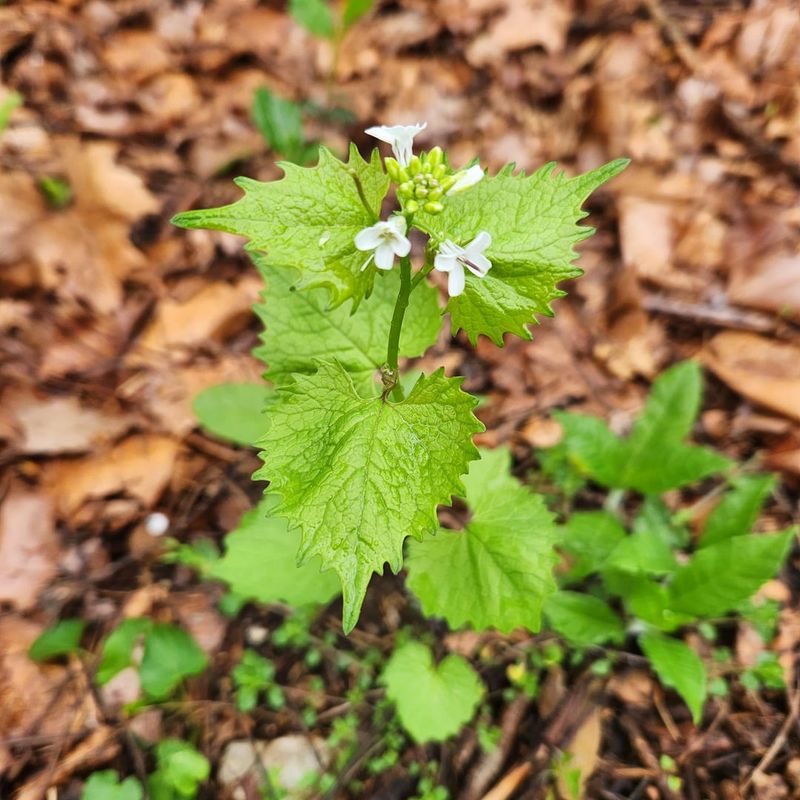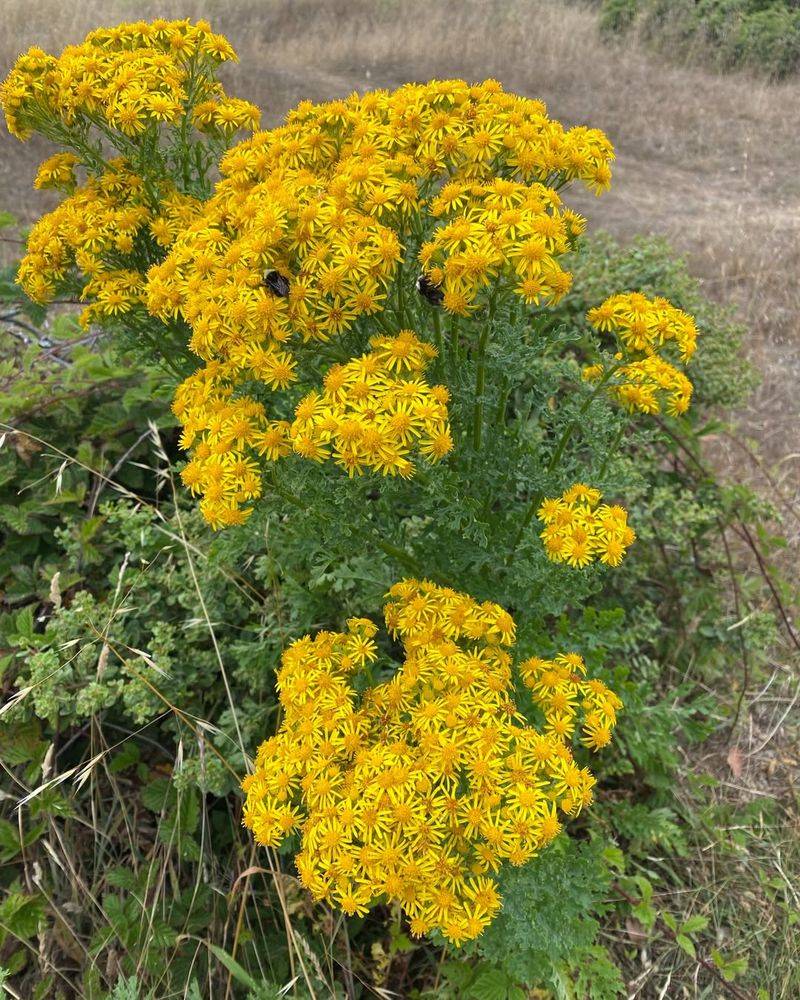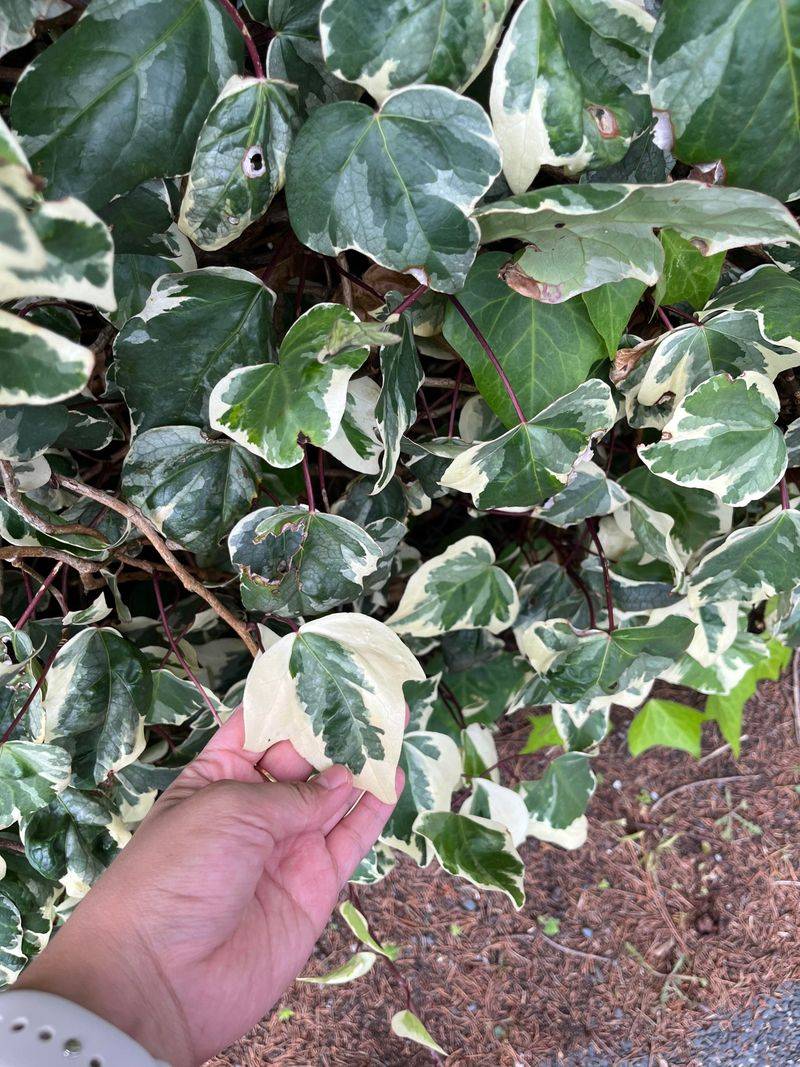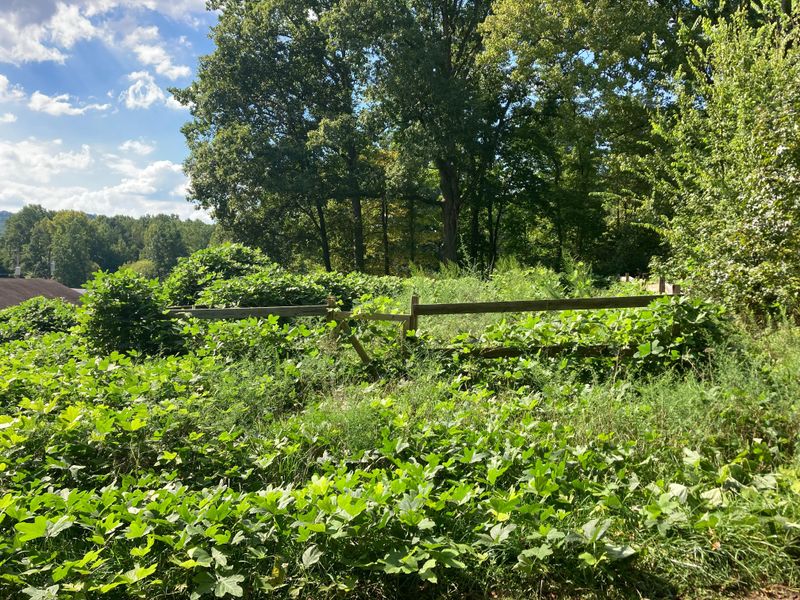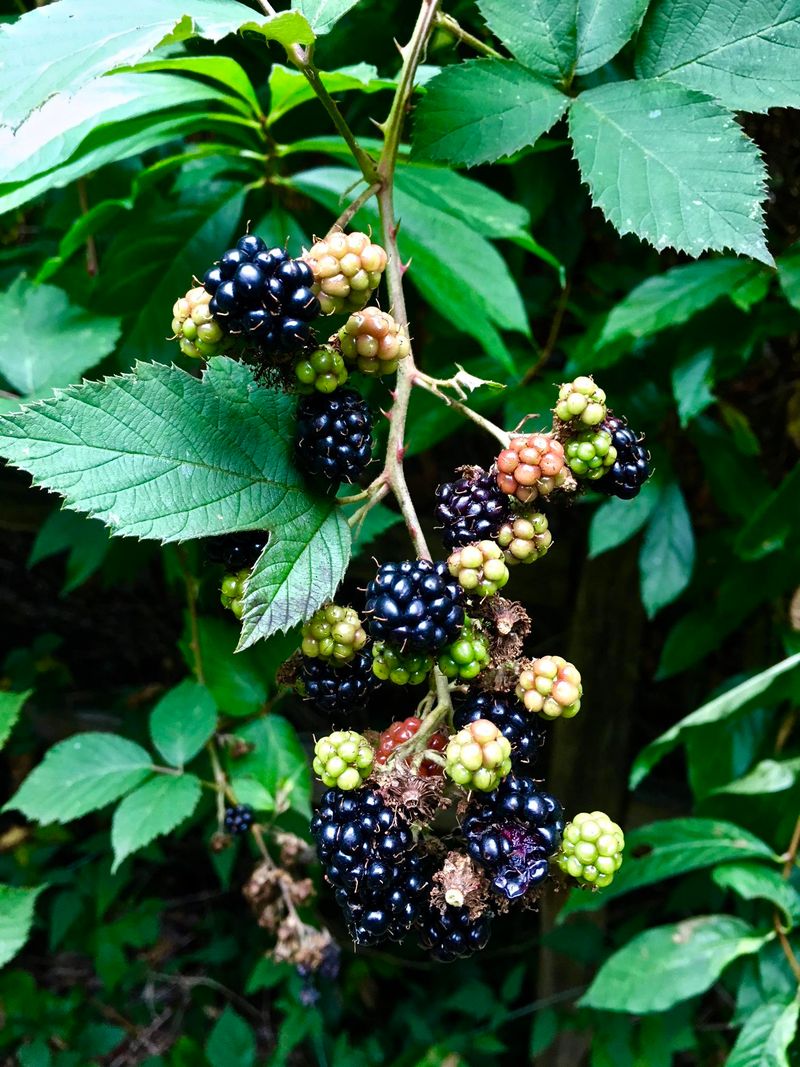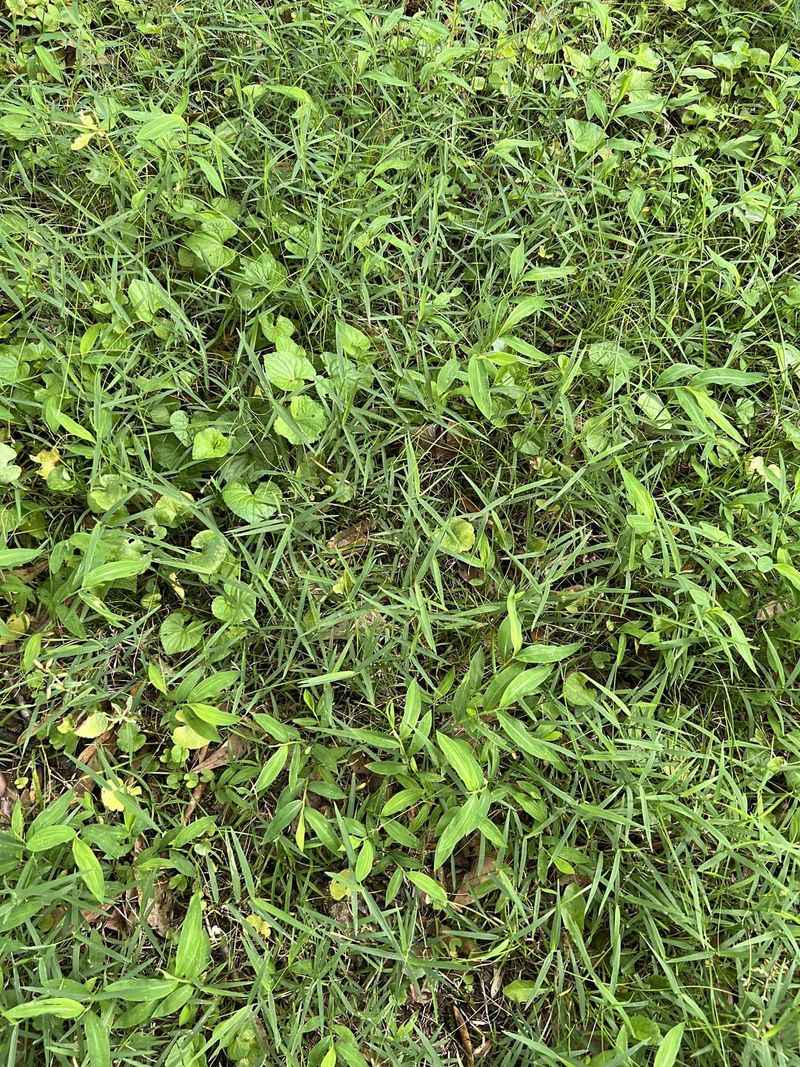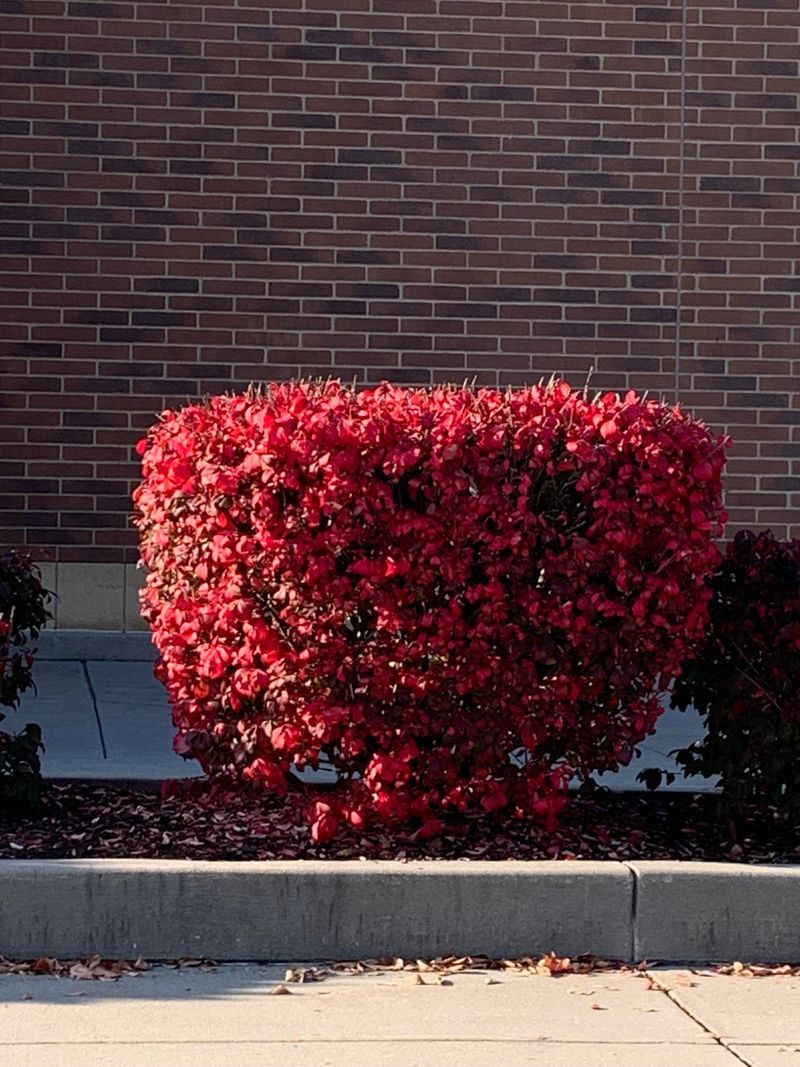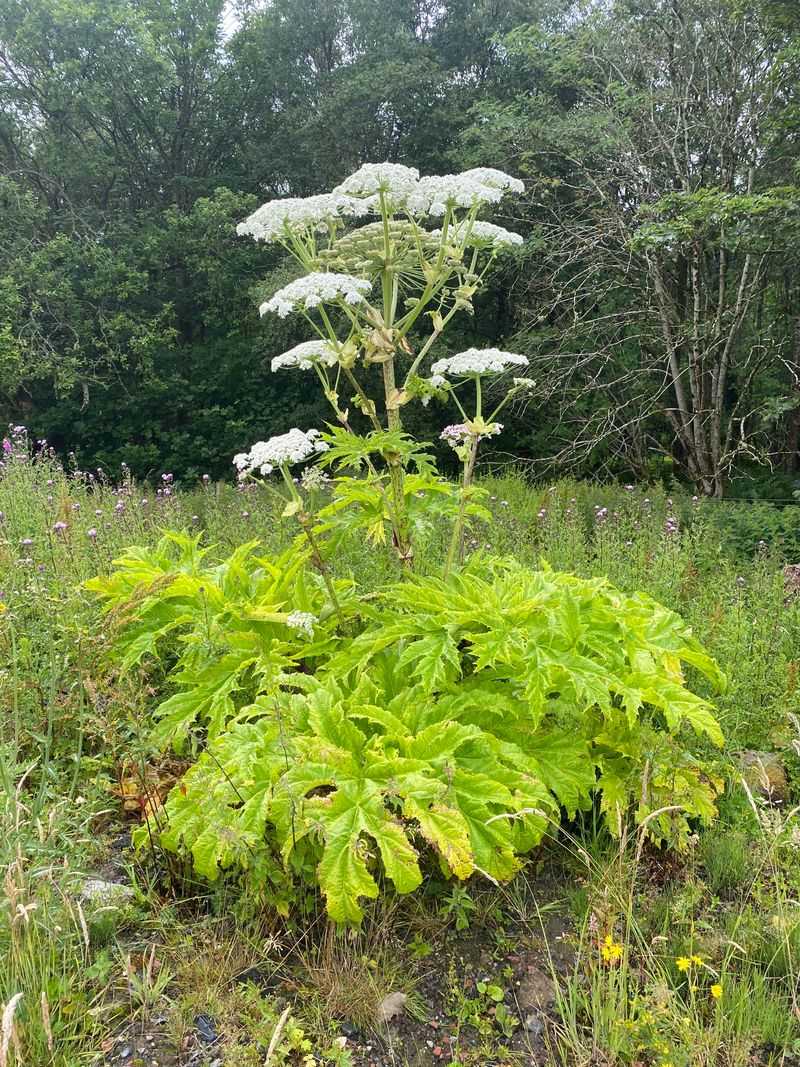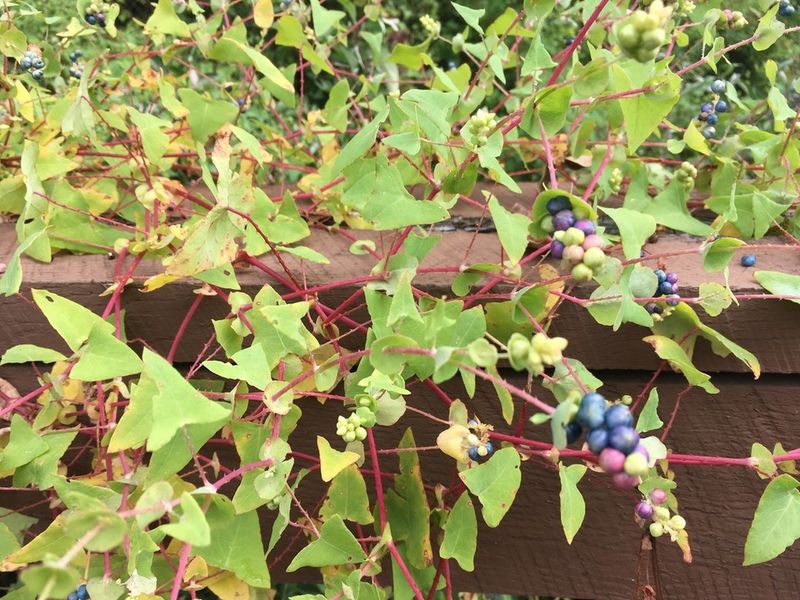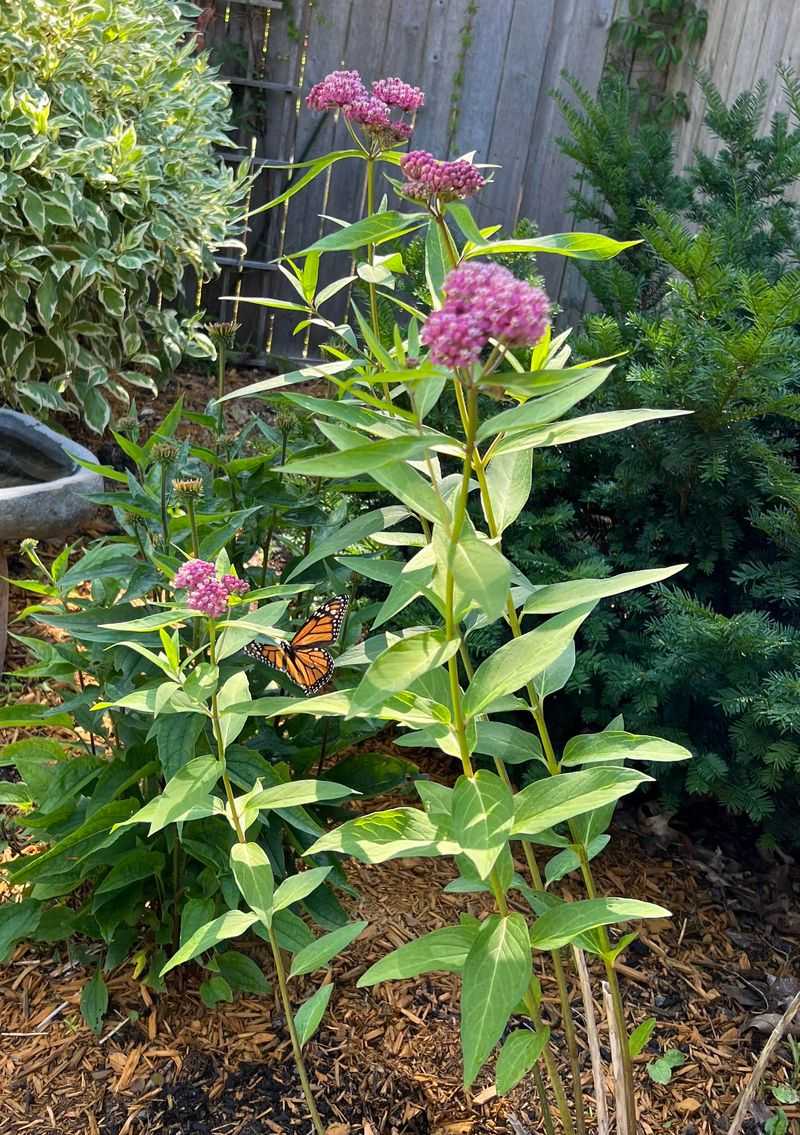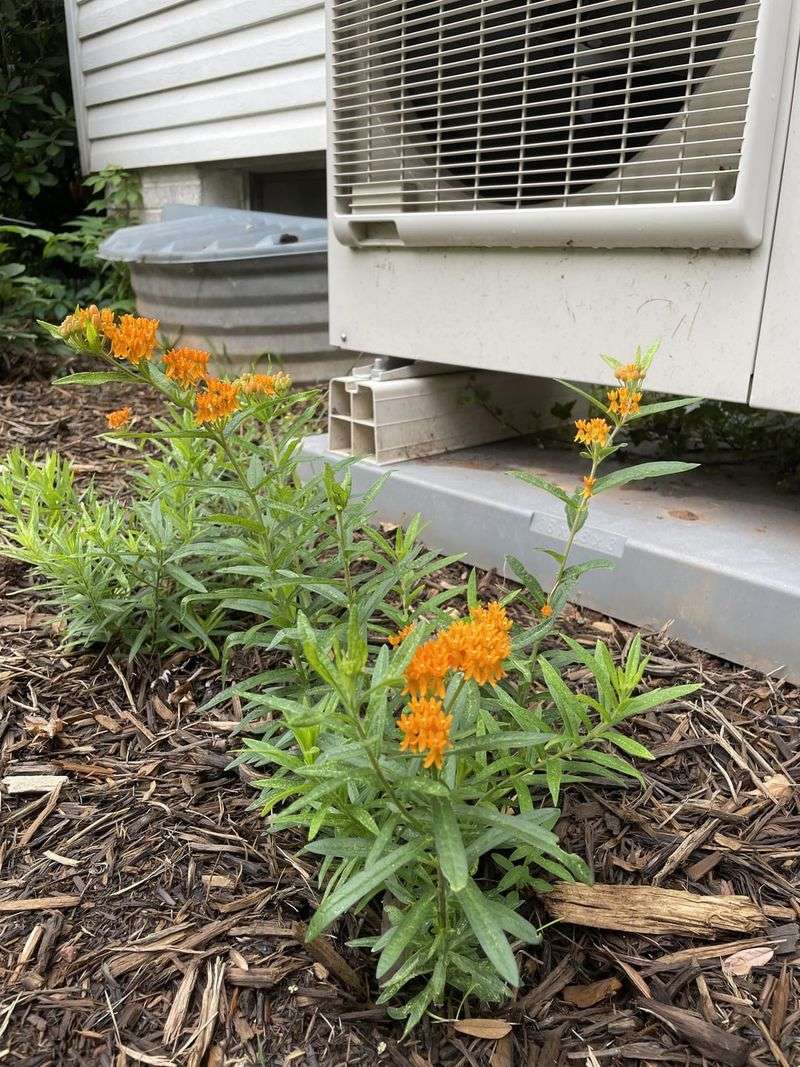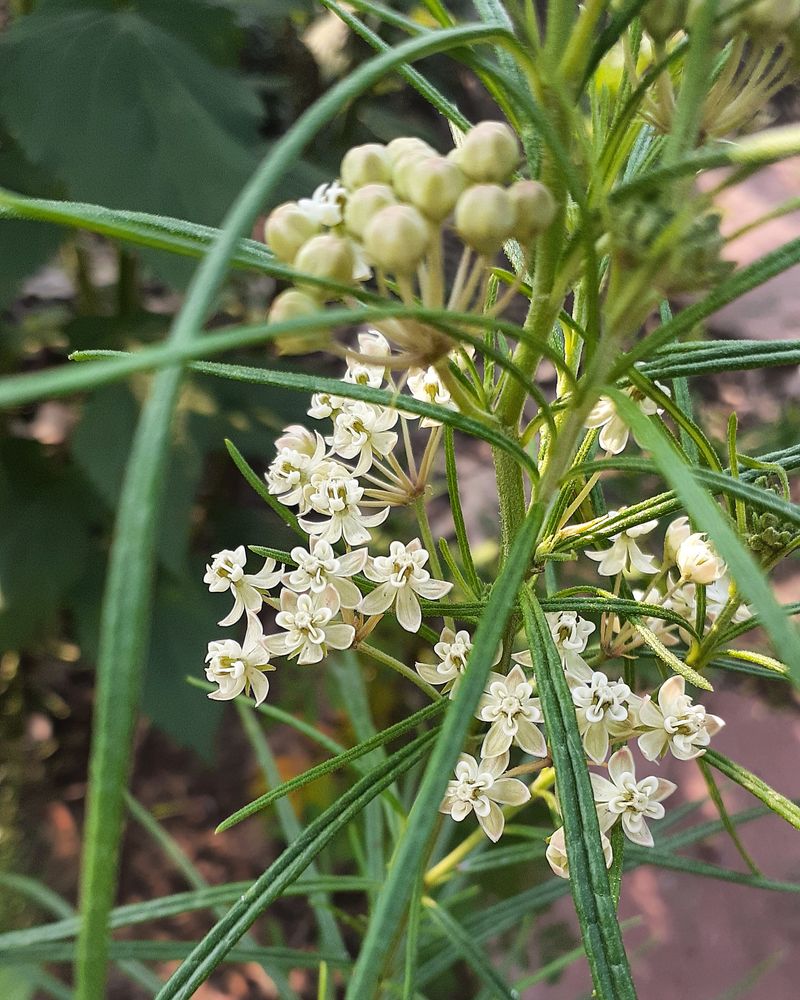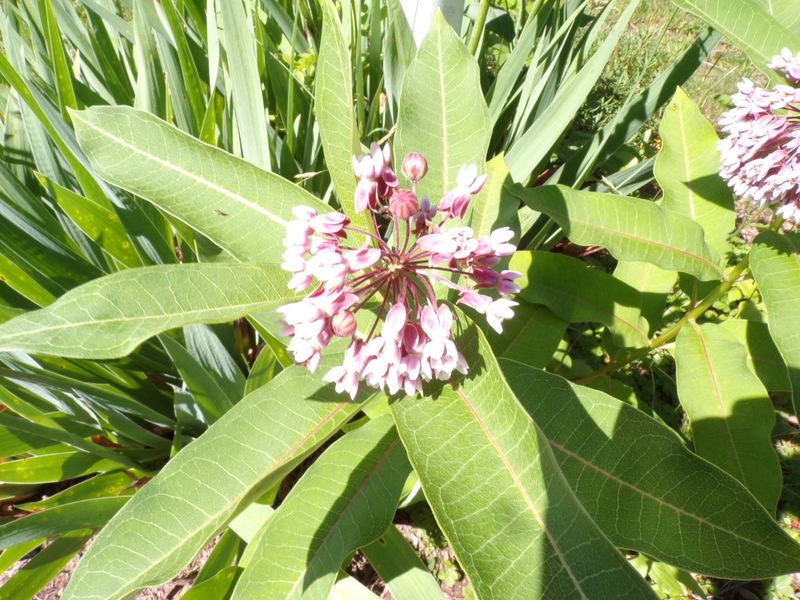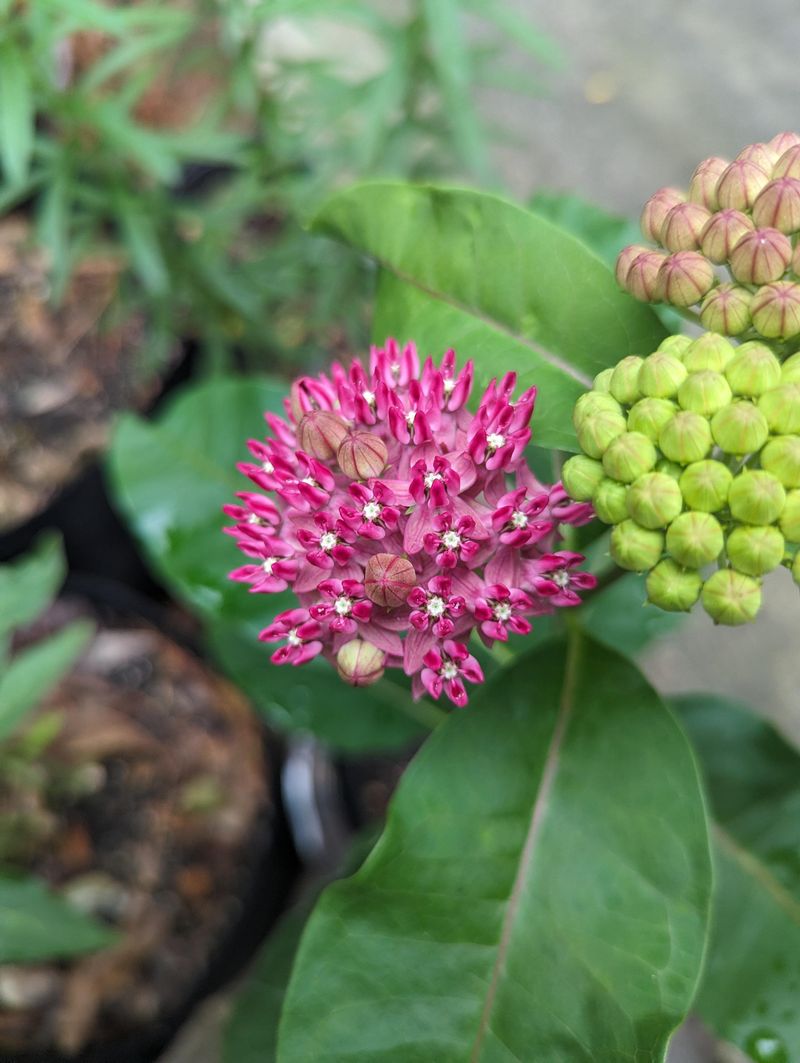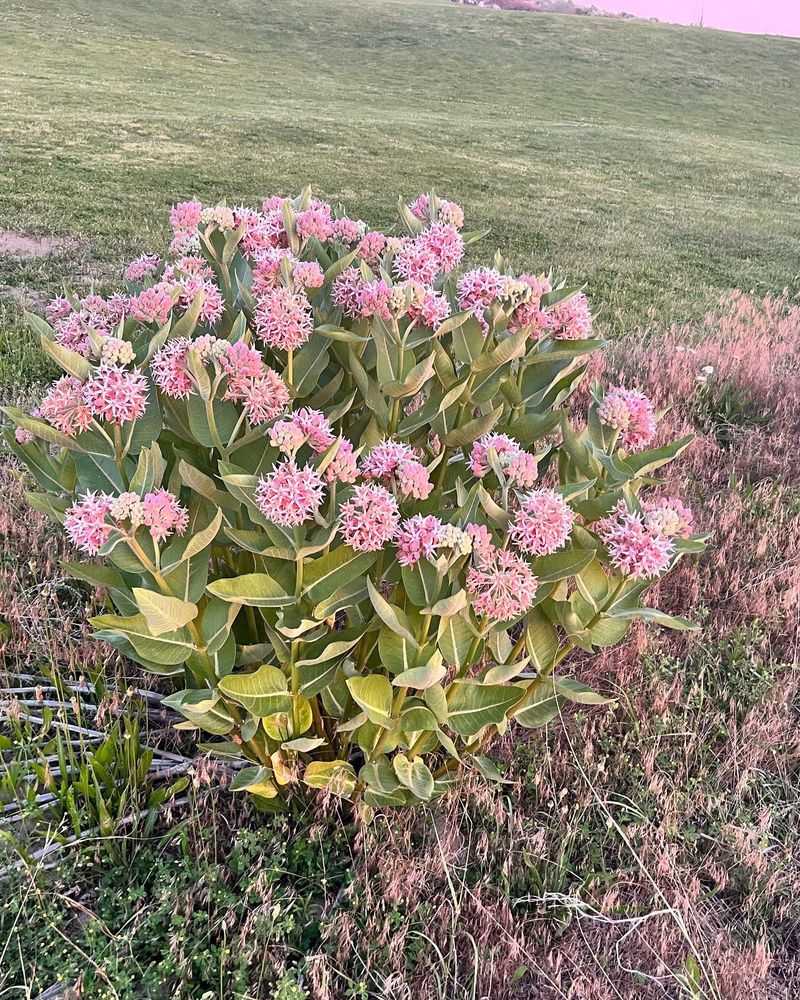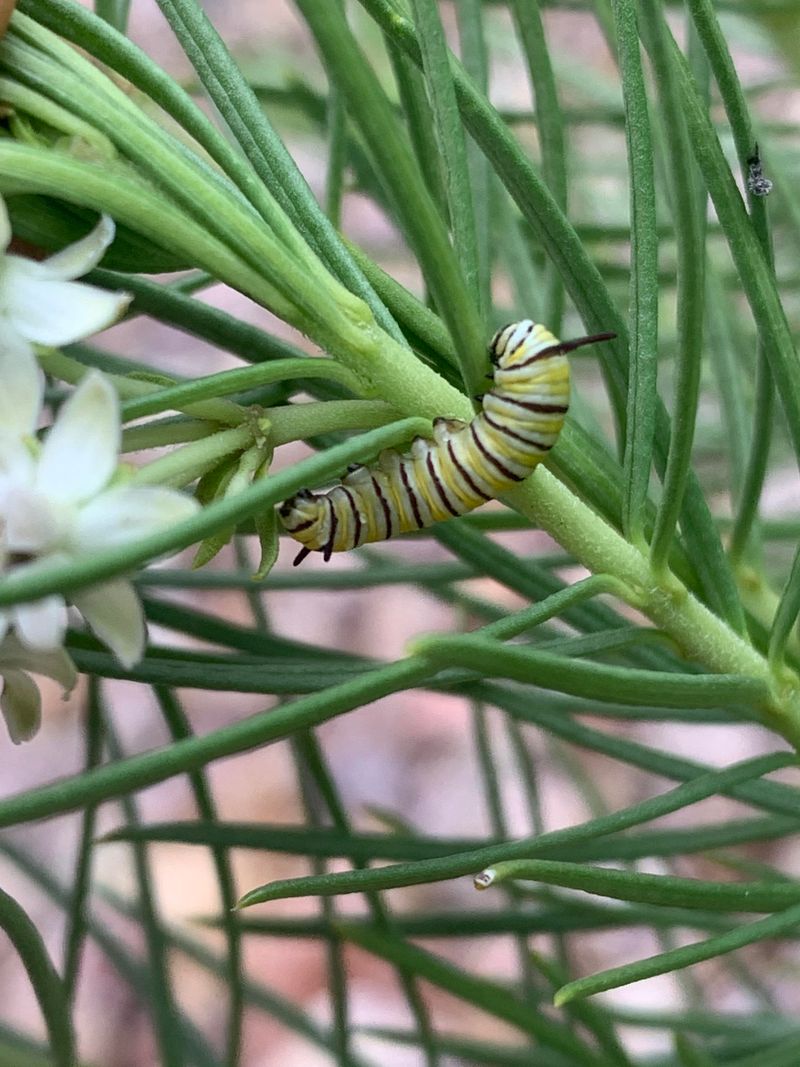Milkweed is essential for monarchs, but not all plants that look like it are as friendly. Some invasive look-alikes can sneak into your garden, crowding out the real deal and making it harder for monarchs to thrive.
I’ve had my share of these imposters taking over, and I’m here to save you the trouble! In this guide, you’ll find 20 plants that may seem harmless but can wreak havoc, along with some beautiful alternatives to choose instead.
Let’s keep your garden a monarch-friendly space without the unwanted guests!
1. Dogbane (Apocynum cannabinum)
This unassuming plant may look harmless, but it’s far from it! Dogbane can spread rapidly, taking over spaces where native plants should be.
Dogbane, also known as “Indian hemp,” can choke out other species and disrupt local ecosystems. If left unchecked, it can become a major headache in your garden!
2. Chinese Milkweed (Asclepias curassavica)
You may love the vibrant colors, but don’t be fooled—Chinese Milkweed is an aggressive invader. This plant thrives quickly and tends to crowd out the more delicate natives.
Chinese Milkweed spreads fast and can make it difficult for other plants to survive in your garden. It may seem attractive, but its invasiveness is something to be wary of!
3. Common Bluebell (Hyacinthoides non-scripta)
Sure, the bluebells are pretty, but they’re sneaky invaders! Common Bluebells can easily outcompete native wildflowers, taking over your garden beds and natural spaces.
While their beauty is undeniable, Common Bluebells don’t play nicely with other plants. They’ll take over and make it tough for other species to thrive.
4. Purple Loosestrife (Lythrum salicaria)
This beauty might catch your eye, but its invasiveness could put a damper on your garden’s harmony. Purple Loosestrife can crowd out native plants, leaving you with an overgrown, one-species area.
It’s easy for it to spread uncontrollably, and once it takes hold, it’s hard to get rid of. That colorful bloom could be doing more harm than good!
5. Pokeweed (Phytolacca americana)
Pokeweed may look like an innocent wildflower, but don’t let that fool you—it’s a troublemaker! It can grow tall and thick, overwhelming other plants in your garden.
Pokeweed’s rapid growth and dense root system make it a competitor that’s hard to deal with. While it has medicinal properties, it can quickly dominate your garden beds.
6. Crown Vetch (Securigera varia)
This low-growing vine might seem like an easy choice to fill bare spots, but it’s not the friendliest neighbor. Crown Vetch can spread like wildfire, smothering native plants and taking over garden spaces.
Once it gets a foot in the door, it quickly becomes a nuisance. While it’s hardy, it’s better to avoid it if you care about keeping your garden diverse.
7. Japanese Knotweed (Fallopia japonica)
You might think it’s just another garden plant, but Japanese Knotweed can be a real problem. Its aggressive nature allows it to outcompete almost every other plant nearby, leaving little room for anything else.
Once it establishes itself, it’s notoriously difficult to remove, often requiring professional intervention. This plant isn’t just invasive—it’s a persistent pest that could ruin your green space.
8. Spotted Knapweed (Centaurea maculosa)
This striking flower might seem inviting, but Spotted Knapweed is a resource hog. It competes with native species for space, water, and nutrients, often leaving them in the dust.
Spotted Knapweed spreads through its seeds, quickly taking over large areas. The more you try to contain it, the more it finds a way to spread!
9. Autumn Olive (Elaeagnus umbellata)
Autumn Olive may seem charming in the fall with its red berries, but it can easily dominate your garden. This plant has a tendency to take over disturbed areas, leaving little room for other plants to grow.
Its ability to grow rapidly and form dense thickets makes it a tough competitor. You’ll soon find yourself dealing with more Autumn Olive than you bargained for!
10. Japanese Honeysuckle (Lonicera japonica)
This plant’s fragrant flowers may have you thinking it’s a keeper, but Japanese Honeysuckle is far from friendly. It’s known for sprawling quickly and smothering other plants in the process.
Japanese Honeysuckle’s aggressive spreading habit makes it an unwanted guest in any garden. It may look pretty, but it could easily choke out your garden’s other beloved plants.
11. Garlic Mustard (Alliaria petiolata)
A little garlic smell might seem appealing, but Garlic Mustard is a real garden troublemaker. This invasive plant has a knack for crowding out native plants and reducing biodiversity.
Garlic Mustard’s rapid growth and extensive seed production make it a problem for gardeners everywhere. While it smells great, it’s best kept out of your garden to avoid the mess!
12. Tansy Ragwort (Senecio jacobaea)
Though it looks attractive in the wild, Tansy Ragwort can quickly become a menace in your garden. It can spread aggressively, outcompeting more desirable plants with ease.
This plant is toxic to livestock and can harm other wildlife as well, making it a real concern. While its bright yellow flowers may look appealing, its negative effects far outweigh its beauty.
13. English Ivy (Hedera helix)
English Ivy might seem like a cute ground cover, but it’s a deceptive invader! It climbs and spreads rapidly, smothering trees and other plants in its path.
Once it’s established, it can be nearly impossible to remove from your garden. While it’s a classic landscape choice, it’s best to avoid it if you want a healthy, diverse garden.
14. Kudzu (Pueraria montana var. lobata)
Kudzu is often jokingly referred to as the “vine that ate the South” for good reason. This aggressive plant can spread and grow several feet in a single day, covering anything in its path.
It chokes out native plants and is incredibly tough to get rid of once established. It’s better to admire Kudzu from afar rather than invite it into your garden!
15. Himalayan Blackberry (Rubus armeniacus)
While the fruit might be delicious, Himalayan Blackberry can quickly become a nightmare in the garden. It’s an aggressive spreader, creating thickets that are tough to manage.
Once this blackberry takes hold, it’s difficult to eradicate, and it’s a fierce competitor for space. Enjoy the fruit, but keep this one out of your garden to avoid an uncontrollable invasion.
16. Multiflora Rose (Rosa multiflora)
Multiflora Rose may have a romantic appeal with its abundant blooms, but its invasiveness makes it a no-go for gardeners. This plant forms dense thickets that crowd out native plants, leaving little space for other species.
Multiflora Rose spreads rapidly through seeds and can create an impenetrable barrier. What looks like a beautiful rose bush could soon turn into an invasive nightmare.
17. Japanese Stiltgrass (Microstegium vimineum)
At first glance, Japanese Stiltgrass may seem like a harmless ground cover, but it’s a stealthy invader. It thrives in shady areas and outcompetes native grasses, leaving them struggling for survival.
This plant spreads through seeds, often taking over large patches of garden space. While it’s easy to miss early on, Japanese Stiltgrass is anything but benign once it’s established.
18. Burning Bush (Euonymus alatus)
With its striking red fall foliage, Burning Bush might catch your eye, but it’s a culprit in disguise. This plant spreads quickly and can overtake natural habitats, pushing out native species.
Burning Bush forms dense thickets that make it tough for other plants to grow. While it’s beautiful in autumn, this plant’s invasiveness isn’t worth the risk.
19. Giant Hogweed (Heracleum mantegazzianum)
Giant Hogweed may look impressive with its towering presence, but it’s a dangerous plant to invite into your garden. Not only is it invasive, but it also poses health risks, causing skin burns and other irritations.
Giant Hogweed takes over spaces quickly, outcompeting native species for light and nutrients. It’s best to steer clear of this plant unless you want to face the potential consequences!
20. Mile-a-Minute Vine (Persicaria perfoliata)
The name says it all—Mile-a-Minute Vine grows incredibly fast, often suffocating everything in its path. This vine spreads through its seeds, attaching to trees and shrubs, taking them over in no time.
It’s a highly invasive species, and its rapid growth makes it almost impossible to manage. While it may seem like a harmless vine, it’s anything but once it gets going.
21. Swamp Milkweed (Asclepias incarnata)
Looking for a milkweed that’s native and kind to your garden? Swamp Milkweed is a perfect choice with its beautiful pink flowers and ability to attract pollinators.
Unlike invasive varieties, it provides essential nectar for butterflies and other wildlife without overwhelming the space. Plus, it thrives in moist areas, making it a great option for garden ponds or wetlands!
22. Butterfly Weed (Asclepias tuberosa)
For a burst of color, Butterfly Weed is the way to go. With its bright orange blooms, it’s a favorite of pollinators like monarchs and bees, offering beauty and ecological benefit.
This plant is not only beautiful but drought-tolerant, making it a low-maintenance addition to your garden. It’s a perfect alternative if you’re looking for a hardy and charming milkweed variety!
23. Whorled Milkweed (Asclepias verticillata)
If you’re after something unique, Whorled Milkweed might be just the thing! This milkweed variety has narrow, elegant leaves and a less aggressive spread, making it ideal for smaller gardens.
Its lovely white flowers are a favorite of pollinators, offering a delicate touch to any garden. It provides all the benefits of milkweed without the invasive tendencies!
24. Common Milkweed (Asclepias Syriaca)
Looking for a more traditional milkweed that’s native and beneficial? Common Milkweed is a great option for attracting monarch butterflies and other pollinators.
This plant grows tall and sturdy, making it an excellent choice for naturalized gardens. It’s a tried-and-true option that helps support wildlife without wreaking havoc on your garden space!
25. Purple Milkweed (Asclepias purpurascens)
Add a pop of color to your garden with Purple Milkweed. With its striking purple flowers, this plant is a standout in any garden and is a magnet for pollinators.
Unlike invasive species, it stays manageable and won’t take over the garden. Its unique look and ability to support local wildlife make it a perfect milkweed alternative!
26. Showy Milkweed (Asclepias speciosa)
If you love bold, beautiful flowers, Showy Milkweed will not disappoint. Its large clusters of pink blooms create an eye-catching display, all while supporting butterflies and bees.
This plant is perfect for sunny spots, thriving in well-drained soil without becoming invasive. Showy Milkweed is both a striking and eco-friendly addition to your garden!
27. Pine-leaved Milkweed (Asclepias binata)
Pine-leaved Milkweed is a unique and beautiful variety that adds interest with its narrow, pine-like leaves. It’s a great option if you’re looking for a more subtle milkweed that still supports pollinators.
This variety grows well in full sun and is much less invasive than other types. It’s the perfect pick for gardeners who want a milkweed without the hassle!
28. Tall Green Milkweed (Asclepias hirtella)
Tall Green Milkweed is perfect for gardeners seeking a plant with height and charm. Its greenish flowers stand tall, attracting monarch butterflies and other pollinators.
Unlike more invasive milkweeds, it has a well-behaved growth habit that makes it perfect for larger gardens or natural landscapes. This variety adds both beauty and ecological benefit without overwhelming your garden!

